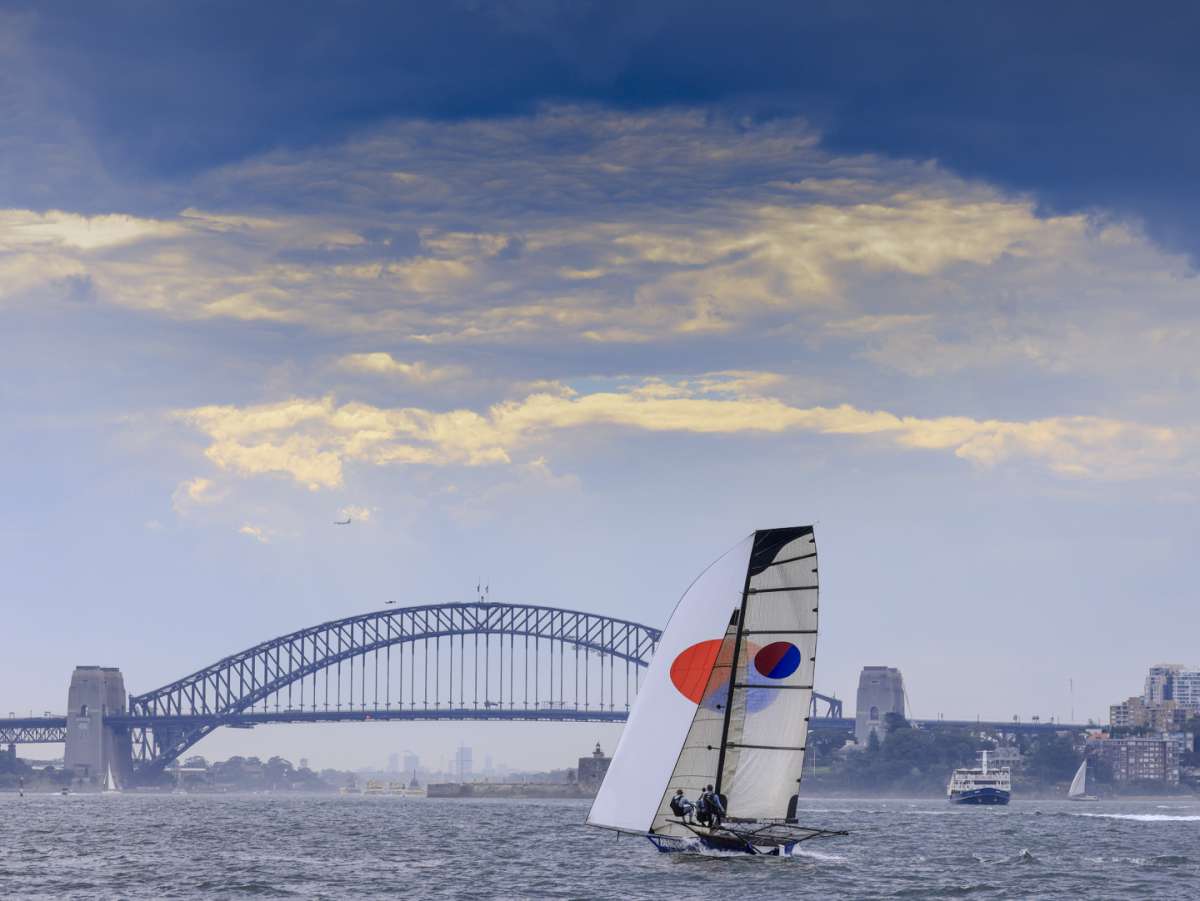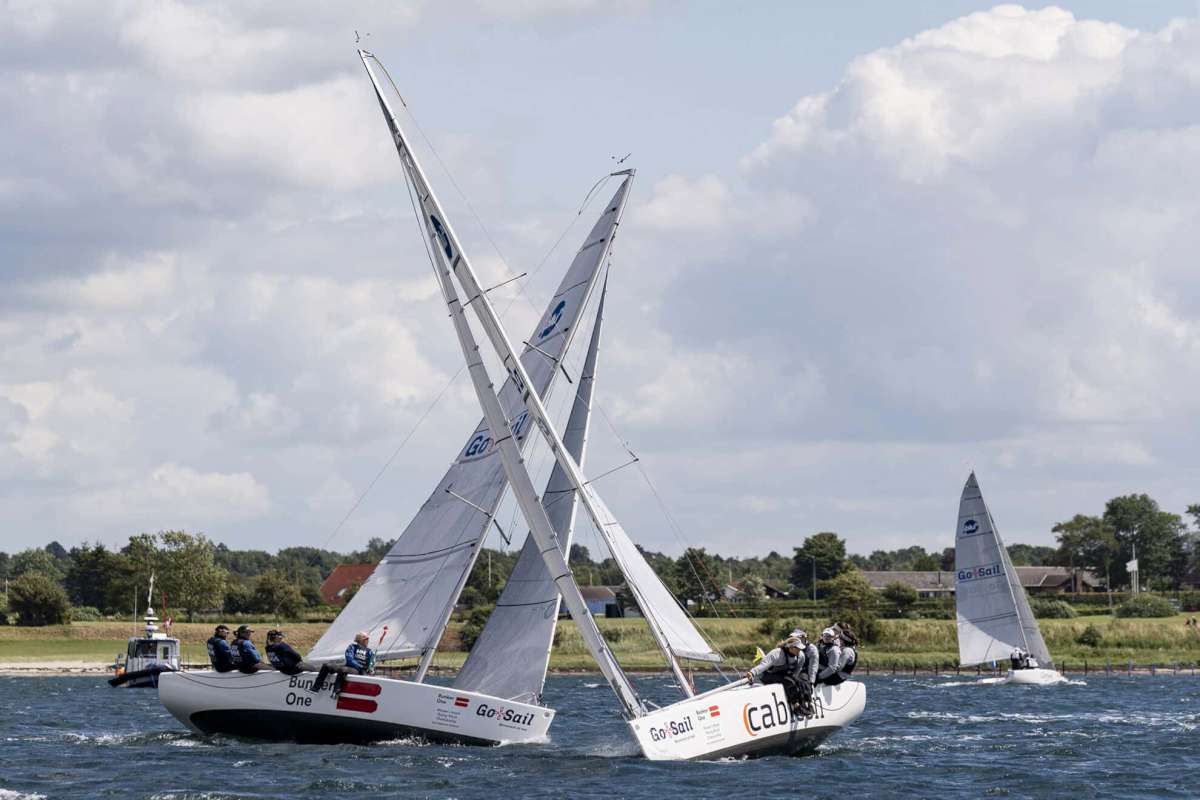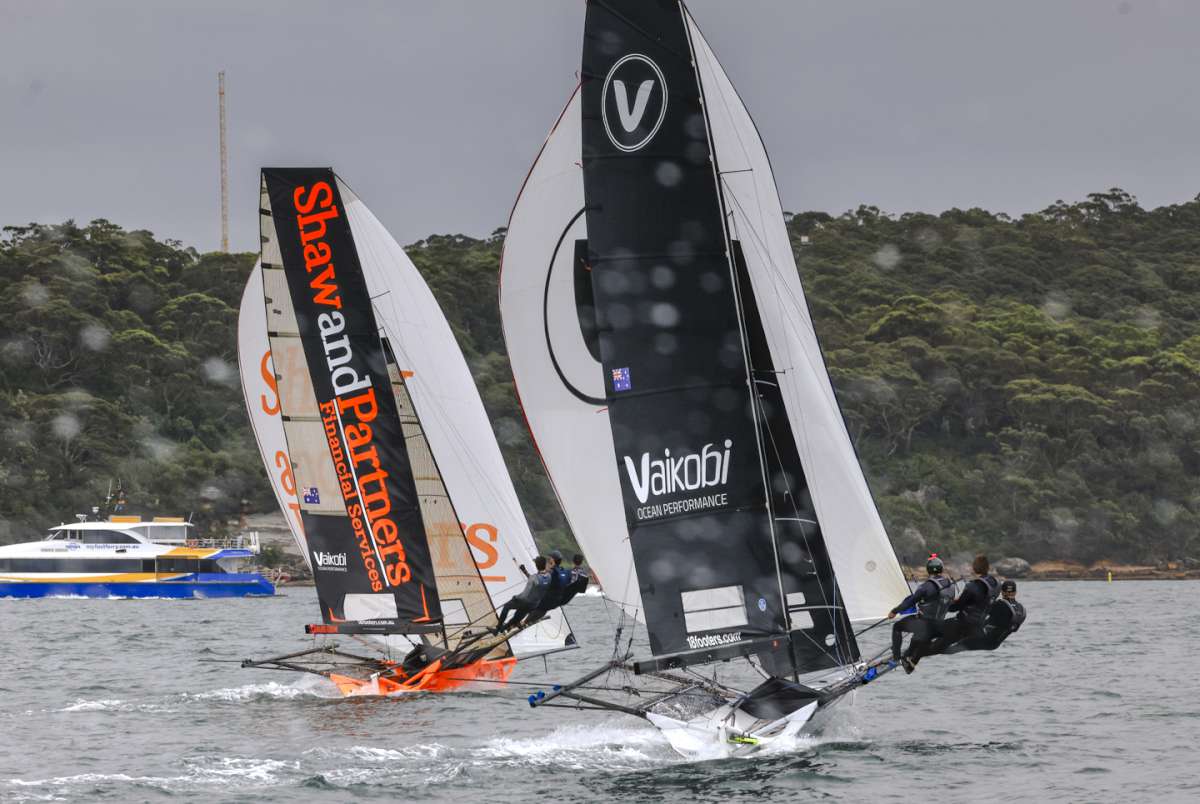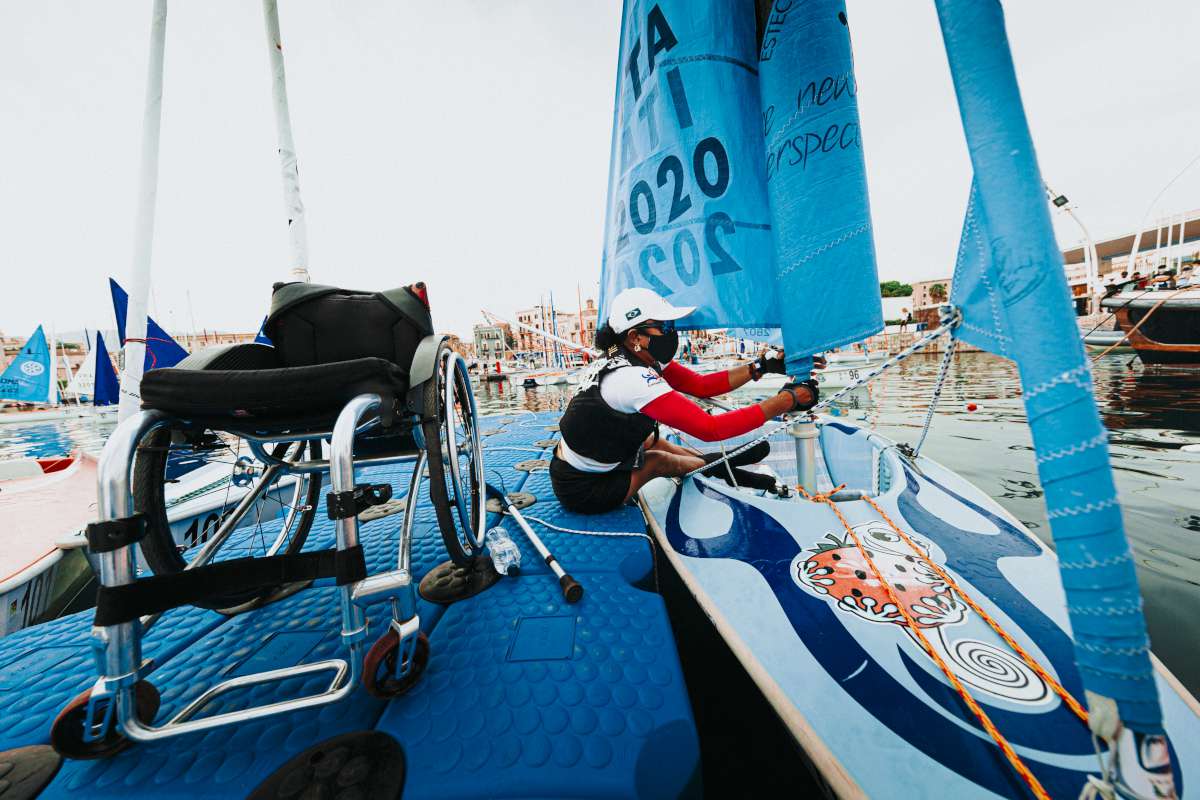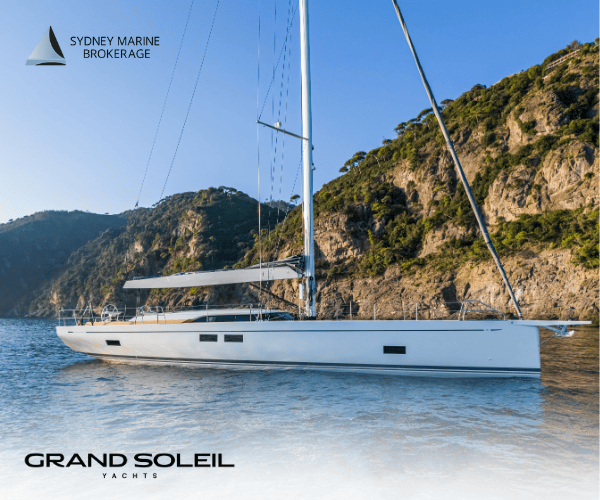Anyone has the right to start a petition. However, when it’s as misleading as the one about the equipment for the 2024 Sailing Olympic Games, it deserves a response.
Some of the impressions that you might have from the petition motivation:
-
Our sport is under imminent threat!
-
The very future of our sport is at risk!
-
Accessible classes like the Laser Radial will be excluded from the Olympics!
-
Up to 8 of the 10 current Olympic classes will be dropped for Paris 2024!
-
The above will crush the dreams of countless aspirant Olympians!
-
The format under discussion sees the Finn, 470 Men and Women, Windsurfer Men and Women, Laser and Laser Radial all possibly dropped from the 2024 Olympics! (for the record, that = 7, not 8 classes…)
-
The range of sailor weights and body sizes will drop further!
That’s nice copywriting… However, here’s the reality:
-
Progress requires Change, and that is likely to be uncomfortable
-
There are currently 5 Olympic events under review for 2024 – see this post on the World Sailing website http://www.sailing.org/news/86873.php#.WvITZIiFPIU
-
Men’s Windsurfer (also subject to an anti-trust review)
-
Women’s Windsurfer (also subject to an anti-trust review)
-
Men’s One-Person Dinghy Heavyweight (Finn)
-
Men’s Two-Person Dinghy (470)
-
Women’s Two-Person Dinghy (470)
-
-
You’ll note that the Men’s and Women’s One-Person Dinghy events (currently the Laser and Laser Radial) are specifically not part of that list
-
However, based on World Sailing’s new anti-trust policy (adopted in November 2017), the Laser is going through a separate anti-trust review. The purpose is to ensure that sailors, MNAs Authorities and Olympic teams are receiving a high-quality product and service from the manufacturers at competitive market prices https://www.sailingscuttlebutt.com/2018/01/12/olympic-events-antitrust-review/
-
This also strengthens World Sailing’s compliance with EU competition law
-
Under this review, it is technically possible that if the brand is found to be exploiting its market (and makes no attempt to rectify this), it could be excluded from the Olympics. There is nothing wrong with holding equipment suppliers to account
-
-
You might also know that the sailboard class has changed frequently since boards were introduced at the 1984 Olympics https://en.wikipedia.org/wiki/Sailboarding_at_the_Summer_Olympics
-
In other words, changing windsurfing equipment for the 2024 is not the same as deleting the discipline. Here’s the Report by the 2024 Events and Equipment Working Committee – http://www.sailing.org/tools/documents/2024EventsEquipmentWPReport30.04.18FINALUpdated-[23963].pdf
-
-
One of the proposals mooted is for a small keelboat in a Mixed Offshore Distance Race
-
I haven’t seen any discussion about crew weight limits
-
Presumably, if this proposal is accepted, the range of sailor weights in 2024 could, in fact, increase
-
Summarising the above, the authors have not bothered to ensure the accuracy of their information in the petition about the classes which could be affected by equipment selection for the 2024 Olympics, despite it being freely available on the Internet. However, I guess that they were well aware that what they did write would be more useful for gaining support for their petition…
However, the problem is not just their inability to make accurate lists…
Sailors / Clubs / Classes
The petition authors have made a nice, emotional appeal but it’s hard to understand how changing some classes at the Olympics will wipe out yacht clubs. Maybe it would make more sense to turn their attention to how best to use the Olympics to make non-sailors, especially young people, want to take up the sport (and increase yacht club membership in the process). The Report by the 2024 Events and Equipment Working Committee shows just how ineffective the current disciplines are at achieving that.
The classes under review
Boats are pieces of industrial design and products of the technology and thinking available at the time. As an example, if a One Design class was originally conceived to be built in wood, that would have defined the hull shape, strength, minimum weight, weight distribution, etc. Without making every existing boat completely obsolete (and, in fact, fundamentally changing the design), you cannot fully exploit new technology as it becomes available. That impacts performance, how easy the boat is to transport, ergonomics and ultimately how well it compares to newer designs.
You will have seen that the 470 and the Finn are under review and have a good chance of losing their slots in the Olympics. Here are some of the things you should know about them:
-
Finn – been part of the Olympics for 70 years (since 1952) – as long ago as 1992, Paul Elvstrom referred to it (and the Laser) as “antique” https://www.sailingscuttlebutt.com/2018/05/09/paul-elvstrom-future-olympic-sailing/
-
The Finn only switched from wood to aluminium masts in the 1970s and then carbon in the 1990s
-
Also, the boats were designed to be built in wood – fibreglass only became common place decades later – these points provide context for discussion later on
-
-
470 – an Olympic class for 40 years
-
The 470 was designed in 1963 and became an Olympic class in 1976
-
It still uses an aluminium mast – because neither the material nor the extrusion process can be 100% controlled, there are variations in masts’ bend characteristics. Wealthy countries solve this by buying large batches of masts (e.g. as many as 40 at a time) from the manufacturers and then test each spar until they find the characteristics they are looking for. They then either send the “reject” spars back or simply sell them on
-
The “poorer” countries tend to get the rejects…
-
Good luck with winning a medal if you can’t get the best equipment
-
-
Going forward (and in line with IOC thinking), there will be “events” at the Sailing Olympics rather than “classes” – hopefully that will should take out some of the emotion when the equipment is allowed to evolve.
You need to consider the points above in terms of the preamble to this section – i.e. boats being a product of their time. Thinking that the 70-year-old Finn and 50+ year old 470 are, somehow, perfect and should remain in the Olympics indefinitely, is bizarre.
Campaign costs
Capital costs are frequently used as an excuse for not changing existing classes. I.e., the argument is that there’s investment in equipment and it should be amortised over more (or indefinite?) Olympic cycles.
However, the capital expense of a boat is just one part of a campaign cost. In reality, smaller nations find it difficult to compete, not because of the cost of the equipment but rather because of coaching and travel fees. Taking the 470 as an example (and with info provided by an Olympic sailor):
-
Boat cost – about US22,500 (ex-factory in New Zealand) http://www.mackayboats.com/index.cfm/shop/productlist.cfm?category=16
-
Sails from New Zealand are about US$2,500
-
Cost of a top class, full-time coach per year: £50,000 – £80,000
-
Ad hoc coaching fees per day for a top coach: +Euro500
-
Travel / subsistence at an international regatta (from outside Europe but done economically) – +US$8000 per event (usually consists of about 2 weeks at the venue)
-
This does not include any coaching costs
-
10 events per year would come to about US$80,000
-
-
Shipping between venues will be an additional cost
You’ll see from the above that the cost of the boat is actually a small part of the overall total. Obviously, Capex does become significant when a wealthy nation is able to afford multiple boats and can buy large batches of sails and spars and discard the ones they don’t want. A solution is to rather use a boat which is built from modern materials which can be manufactured to smaller tolerances. Another solution is to make the equipment very portable to reduce the costs of travelling to regattas– e.g., like a kite.
The Nacra 17
The Nacra was non-foiling in the Rio Olympics and foils have been adopted for 2020. There were well-publicised early failures and, according to the petition, in some conditions it is currently slower than its 2016 predecessor.
I’m not really sure what they expected. When the 49er was new, good teams even found it difficult to get around the top mark in breeze. There’s a learning curve with anything innovative. It’s normal.
A catamaran of any sort is actually lucky to be in the Games. Despite a successful appearance at the 2008 Beijing Olympics, the reactionaries that ran ISAF (World Sailing’s predecessor) excluded the Tornado (and, in the process all catamaran sailors) from the Games. It could be argued that the main reason that cats got their Olympic slot back was because of multihulls being used for the Americas Cup. Noticeably, despite their global popularity, catamarans only have 1 event in the current Olympic format.
Kitesurfing
As the petition authors point out, it is their “opinion” that kitesurfing is a sport on its own. They’re entitled to their opinion – it doesn’t mean they’re right. Of course, it’s also a convenient argument for attempting to keep another dinghy in the Games.
Another opinion is that kites move around on water and use the wind to drive them – i.e., rather a lot like yachts and windsurfers. The proposal from World Sailing is specifically that the kites will “race” (i.e. not the subjectively scored events that the petition mentions).
Considering that they won’t be used in the Games before 2024, I’d imagine that it’s well within the capability of the guys who are now in charge of World Sailing to be able to deal with legal issues (if there are any) in good time.
Gender Equality – The requirement from the IOC is 50 / 50, not 45 / 55. It’s as simple as that.
Electronic vote – Yes,electronic votes are quite common in the 21st Century…
What’s at stake for Olympic classes
Being in the Olympics is likely to be attractive to most classes and boat manufacturers. Apart from the prestige, there is a ready source of new buyers and the chance to charge a premium if your boats win. In other words, there is a strong commercial incentive for a class to remain in the Olympics, whether or not it is in the interests of the sport.
From the point of view of individual sailors who either sail, or have sailed, one of the classes, there could be an entire range of emotions. These could be selfish (if they win medals, they could think that it will be easier to keep winning in a boat which they’re already familiar with), they could feel some debt to the class for their success or previous support, or the fleet might be associated with some fond memories. Taking a combination of those points to an extreme, the sailor might become blinkered enough to believe that the class is “irreplaceable”.
“Becoming” an Olympic class requires a compelling value proposition. For the higher performance boats (e.g. the 49er, 49er FX, Nacra 17), it is normal to have a selection event – the winner tends to be the fastest boat that is the most enjoyable to sail.
“Remaining” an Olympic class has traditionally meant you needed to be good at lobbying or you needed friends in the right places within World Sailing (or its predecessors like ISAF). A result was that classes with an Olympic history often became stronger and more difficult to replace, even when there were clearly better boats around. When that lobby became too strong, other better classes wouldn’t bother to take on the incumbent – it would just cost money and there was no prospect of success.
Hurried changes
Maybe try objectively reading the Report by the 2024 Events and Equipment Working Committee and then decide if the changes are, in fact, “hurried”. Of course, what World Sailing could do is to have a long, drawn out discussion. If the lobbyists do a good enough job, that should mean that there is no decision before the beginning of the next Olympic cycle, which will mean that the status quo will remain for a bit longer.
And, if there’s enough misinformation spread on the Internet (like in this petition), the reactionaries might even be able to maintain the status quo until sailing is either booted out the Olympics or had its quota of medals reduced to a negligible number.
Or, maybe World Sailing could just do their job and get on with making the necessary changes after consultation with bright, successful people who are intimately connected with the sport.
What does the Olympics actually need to achieve for sailing?
Quoting from the 2024 Events and Equipment Working Party’s Report, World Sailing received approximately 65% of its revenue from the IOC during the 2013 – 2016 cycle. Moreover, it was amongst 5 other sports receiving the 2nd lowest share of income from the Olympics. Put in succinct terms:
-
The Olympics is vital for the viability of World Sailing
-
The current format (which is unchanged from 2016) is not sufficiently appealing for World Sailing to earn more out of the Olympics
-
In other words, Change is needed
The Olympics is an opportunity that only happens once every 4 years. It’s a pinnacle for the athletes but also a unique marketing opportunity for the sport. I.e., it has the potential to help us attract new sailors and alert sponsors to reasons to support sailing. Anyone that (still) believes that sailboat racing cannot be “televisual” should spend more time watching the Volvo Ocean Race. Flying drones with cameras inshore will be a cinch after Southern Ocean gales.
World Sailing has agreed that key criteria are universality, innovation (equipment and format), media value and youth appeal. I’d like to add to that: getting to the Olympics shouldn’t just be possible for a smaller / poorer nation – winning a medal should be able to be a realistic goal.
It is critical to understand that the Olympics isn’t just about the athlete. It is a massive, commercial undertaking with risk for both the organisers and the host cities and it must generate income from both spectators and broadcast rights. To do that, it has to be interesting to the public (and there are more non-sailors than sailors). You don’t have to sail in the Olympics if you don’t like the other things that the regatta needs to achieve.
Conclusion
Going back to the points we started with, in reality, sailing is under threat and has been for years, but not from the petition authors’ bogeymen. Rather, it’s under threat from backward, myopic thinking that is obsessed with maintaining the status quo for selfish reasons, rather than trying to enable the sport to unlock its potential.
However, we now appear to have a World Sailing Executive that has the courage to reject the traditional lobby groups and take the sport forward. They deserve our support.
Who I am
I am a South African dinghy and keelboat sailor and am not involved in sailing administration. I’m also a management consultant with a specialisation in Change Management and transformation.
When I first read the petition, I put it down to resistance to Change on the part of the authors – considering their records in 470s and Finns, that’s not completely unexpected. However, they have a responsibility to get their facts straight, especially when there is so much at stake for sailing. At the time of writing, around 16,000 people had signed the petition and, worse still, it had been published in some respected sailing publications. While many individuals don’t bother to do research when confronted with an emotional appeal, I would have expected the yachting media to do their homework better.
Sincerely,
Roy Dunster





